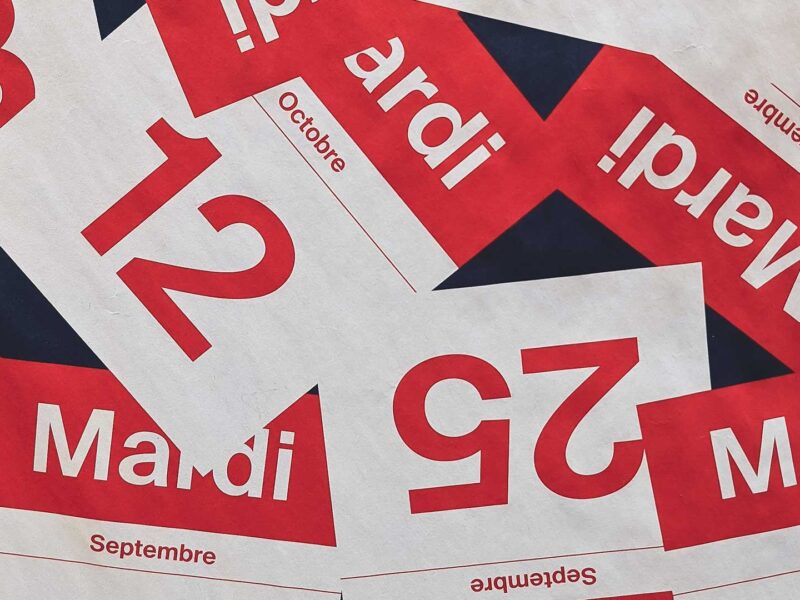Where to start when planning an event?

Even if you’re not in events, you can appreciate how every event takes on a life of its own, and there’s no telling what roadblock or outcome is waiting for you at the other end.
With over 15 years in the business, we know a thing or two about running successful events of all sizes.
YES – Event Marketing can be costly and time-intensive to reach your audience, but it can also produce the most substantial ROI for the high cost per lead invested – especially when you bring in the experts ( Like Radial)
Events have become integral in how we interact; we all love a good event, complimentary food, swag and networking opportunities – and in a post-pandemic landscape, we now have and LOVE our online or hybrid events.
So here are our top expert tips:
Start with a clear event brief.
Like any campaign, you need to know its purpose, its intention, the key stakeholders, create realistic timeframes, identify any third-party suppliers and most importantly, how much budget you have to play with.
Using a template or creating your own brief that covers all the questions is highly beneficial; that way, nothing is missed.
The brief should cover every possible angle that will need your attention so that once you have all the answers, you can send it out to the critical stakeholders for buy-in, feedback and sign-off.
Our tip: Don’t just email your brief to the business requesting the event. Be sure to organise a meeting to walk through the details – this allows you to uncover more information to help build it out and understand their motivations so you can advise on whether this is the right path to follow.
Know your budget
You need to clarify your budget from the start to help you structure the event framework. The more detailed your budget, the easier it will be to move into the Planning Phase. If you’re working with a set budget – activate your negotiating skills and think creatively as to how best to distribute the funding for maximum effect and success. Unfortunately, very few tech companies have enough budget to cater for the event they want to be produced.
Our tip: Add some optional extras to the bottom of the budget; these are items that will add an extra dimension should the business be happy to invest a bit more money for the desired result.
You need a plan!
The planning stage comes once the budget is set and outcomes are defined – This will take time to complete, especially if you deal with several suppliers and internal stakeholders.
Give yourself enough time to define the agenda and who the various presenters will be, lock down the key messages and take-away points, and organise the printing of assets or branded merchandise with time to spare. Then, use the framework developed in your budget to move things along and push back on your suppliers to manage their capabilities so you can focus on the internal requirements.
Our tip: Dependencies on suppliers and internal stakeholders can impact your planning timeline, so be strict with deadlines and keep on top of people who are easily distracted or just slow to respond. If necessary, send people calendar reminders and block out time in their schedule so that you can track their progress and better manage these dependencies.


